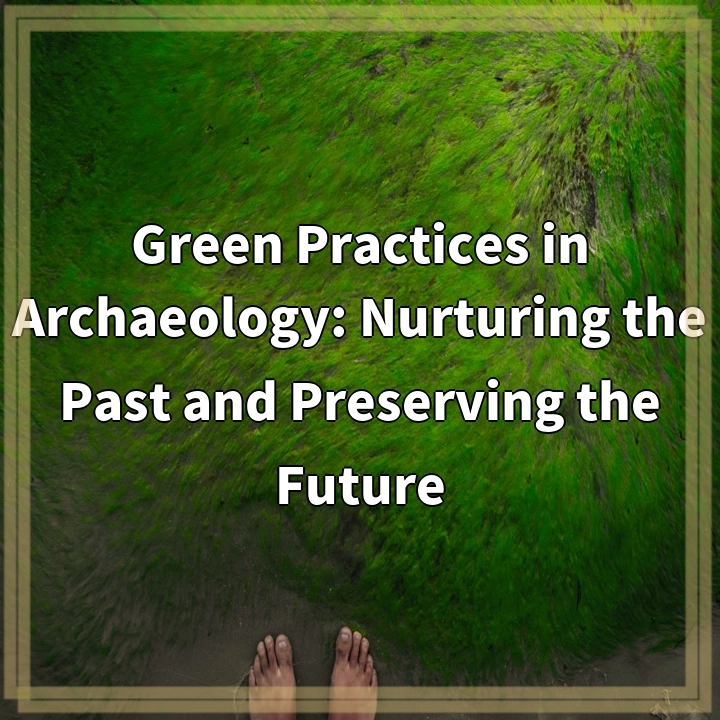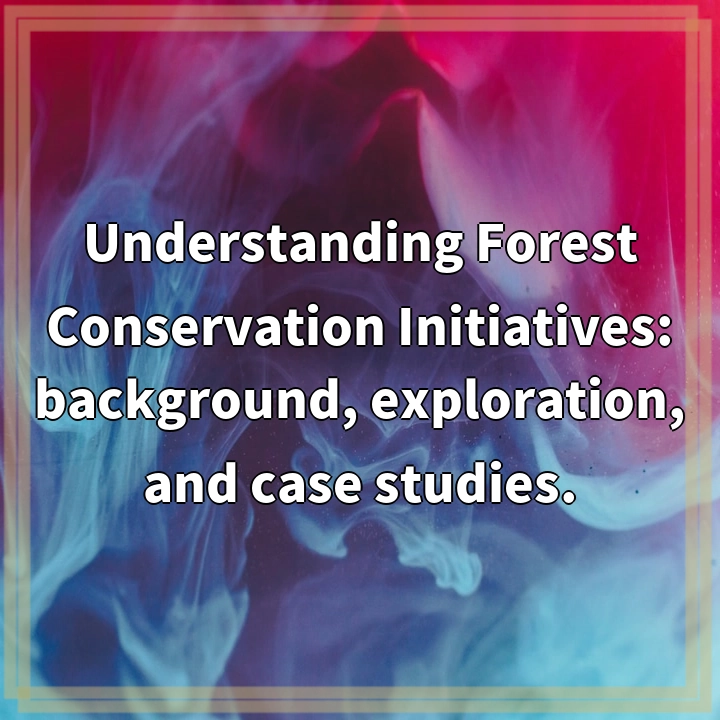
What Green Practices in Archaeology Entail
Green practices in archaeology refer to the incorporation of sustainable and environmentally friendly approaches in archaeological research, excavation, and preservation processes. By adopting these practices, archaeologists aim to minimize their ecological footprint while carrying out essential work to understand and protect our ancient past.
The Real-World Problems Associated with Traditional Approaches
Historically, traditional archaeological practices have not always prioritized environmental sustainability. Some of the key problems associated with conventional methods include:
1. Resource Consumption and Waste Generation
Archaeological excavations often require the use of heavy machinery, such as excavators and bulldozers, which consume fossil fuels and emit greenhouse gases. Additionally, inefficient resource usage, such as excessive water consumption for excavation or inadequate waste management, can contribute to environmental degradation.
2. Destruction of Habitats
The physical footprint of archaeological excavations can be substantial, leading to the destruction or disruption of natural habitats and ecosystems. This can negatively impact the biodiversity of the surrounding area and disrupt the ecological balance.
3. Harmful Chemicals and Materials
Traditional archaeological conservation methods often involve the use of chemicals, such as hydrochloric acid or solvents containing volatile organic compounds (VOCs), which can be hazardous to both human health and the environment. Similarly, the use of non-biodegradable materials, like plastics, in storage and preservation practices creates long-term waste management challenges.
The Path to Sustainable Archaeology
Recognizing the environmental impact of traditional archaeological practices, efforts have been made to promote green practices in the field. These include:
1. Adopting Low-Impact Excavation Techniques
Archaeologists are exploring alternative approaches, such as manual excavation or the use of lighter machinery, to minimize damage to the natural environment during fieldwork. This can involve slower and more precise excavation methods, allowing for better documentation and the preservation of valuable archaeological deposits.
2. Implementing Conservation Strategies
Conservation methods in archaeology are shifting towards the use of eco-friendly and biodegradable materials for artifact preservation. Additionally, research is being conducted to develop and test new, sustainable conservation treatments that minimize the use of hazardous chemicals.
3. Promoting Public Education and Community Engagement
Creating awareness about the importance of green practices in archaeology is crucial. Archaeologists and institutions are actively engaging with the public and local communities to promote environmental stewardship, involve citizens in archaeological projects, and foster sustainable cultural heritage management.
Nurturing the Past and Preserving the Future
By embracing green practices in archaeology, we have the opportunity to not only conserve our valuable cultural heritage but also contribute to a more sustainable and environmentally conscious future. Through innovation, collaboration, and a commitment to minimizing our impact, we can nurture the past and preserve the future for generations to come.

Solutions for Sustainable Archaeology
Addressing the environmental challenges in archaeology requires a shift towards sustainable practices. Here are some key solutions:
1. Adopting Low-Impact Excavation Techniques
By utilizing manual excavation methods or lighter machinery, archaeologists can minimize damage to the environment during fieldwork. Slower and more precise excavation techniques allow for better documentation and preserve valuable archaeological deposits.
2. Implementing Eco-Friendly Conservation Strategies
Archaeologists can transition towards using biodegradable materials for artifact preservation and explore sustainable conservation treatments that minimize the use of hazardous chemicals. This reduces the environmental impact of conservation practices.
3. Promoting Public Education and Community Engagement
Involving the public and local communities in archaeological projects fosters a sense of ownership and responsibility towards sustainable cultural heritage management. Education and awareness initiatives raise public consciousness about the importance of green practices in archaeology.
Nurturing the Past and Preserving the Future
Embracing these solutions in archaeology not only enables the conservation of cultural heritage but also contributes to a more sustainable future. Through innovation, collaboration, and minimizing our ecological footprint, we can nurture the past and ensure a legacy for future generations.















